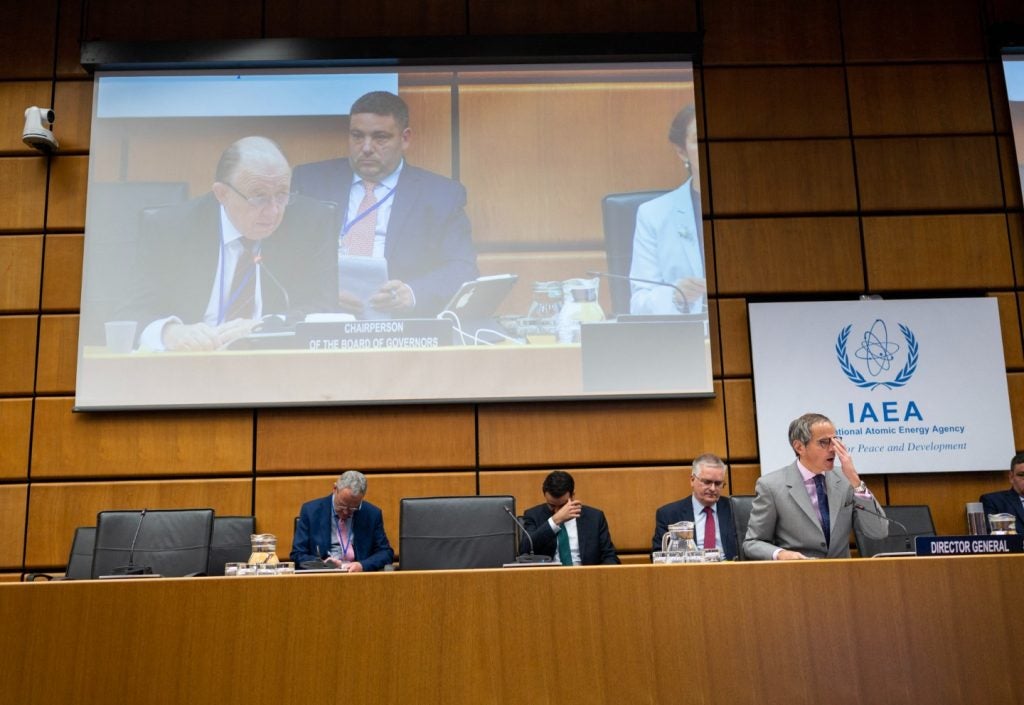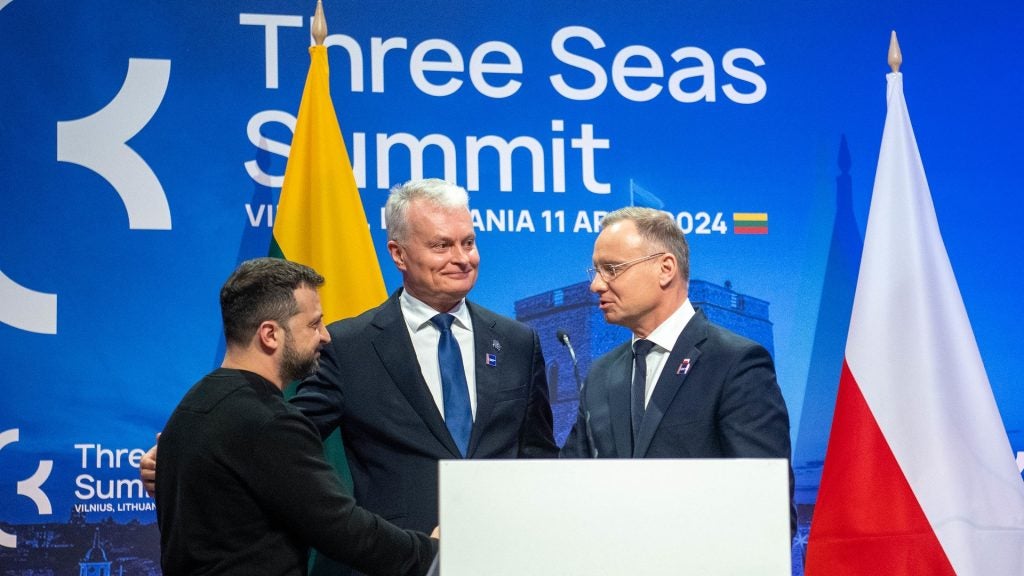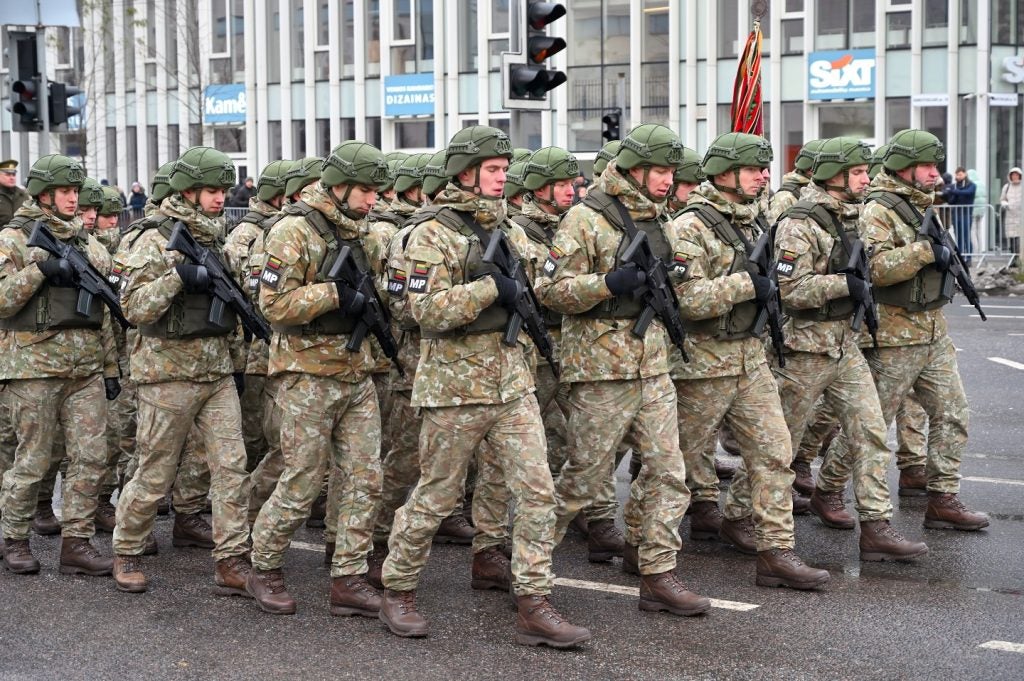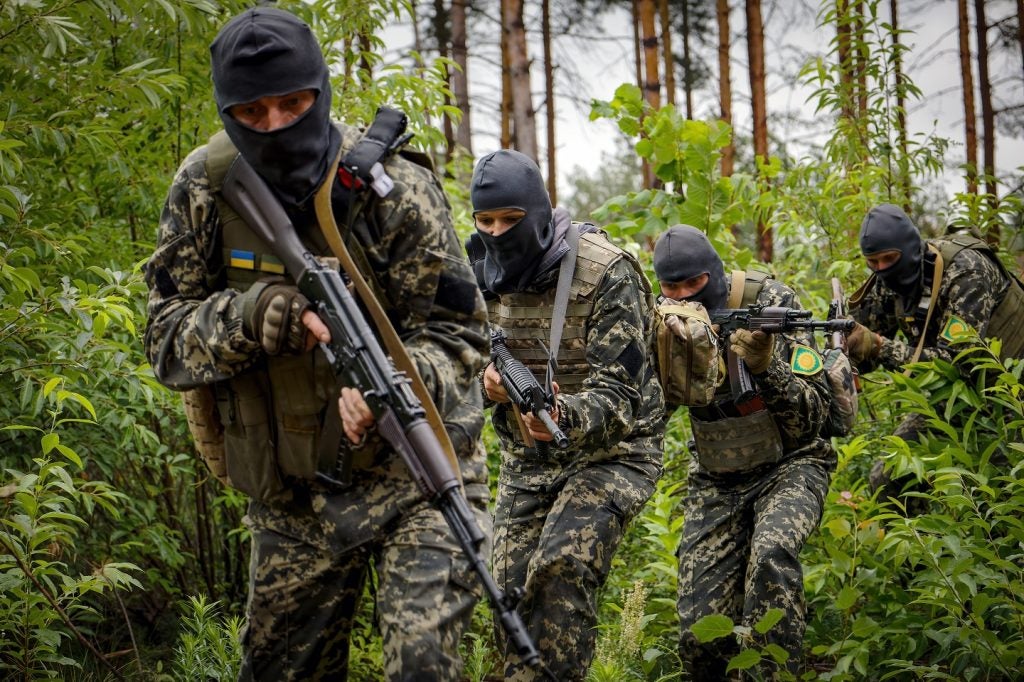

At an event marking the 25th anniversary of the fall of the Berlin Wall in November 2014, former Soviet leader Mikhail Gorbachev warned that the deteriorating relationship between Russia and the West put the world “on the brink of a new Cold War.”
As if to emphasise the point, little more than a month later, a report from the Stockholm International Peace Research Institute (SIPRI) was to reveal a surge in Russian arms sales so large that it was, alone, principally responsible for slowing down the global industry’s three-year decline.
According to the study, in 2013 Russia’s sales rose by 20%, bucking the downward trend in the total arms deals of the 100 largest arms producers, which had recorded a decrease of 2% in real terms over the year, and 3.9% in 2012.
Modernising Russia’s forces
“The Russian domestic market has been the driver of the growth in recent years,” says Siemon Wezeman, senior researcher at SIPRI’s arms and military expenditure programme.
How well do you really know your competitors?
Access the most comprehensive Company Profiles on the market, powered by GlobalData. Save hours of research. Gain competitive edge.

Thank you!
Your download email will arrive shortly
Not ready to buy yet? Download a free sample
We are confident about the unique quality of our Company Profiles. However, we want you to make the most beneficial decision for your business, so we offer a free sample that you can download by submitting the below form
By GlobalDataBehind it all lies the Kremlin’s push to re-build its armed forces, which Russian President Vladimir Putin sees as a central plank in his plan to restore the country’s standing on the world stage. Wezeman says that the national defence budget, and specifically its spending on procurement, has significantly increased in recent years and effectively all the equipment bought has been sourced from Russia’s own industry.
Dubbed ‘the Putin effect’ by some – several countries are looking to use missiles to boost the lethality of their armoured vehicles.
Leading the charge is Korolev-based Tactical Missiles Corporation, which saw sales of its air-to-surface, surface-to-air and air-to-air missile systems more than double in 2013, as the Russian Air Force and Navy expanded their inventories. However, arguably the most significant move came from Almaz-Antey, its 34% growth propelling it into 12th place in SIPRI’s list of the world’s largest arms producers (excluding China), and putting it on track to be the first non- US or Western European firm in the top ten since the end of the Cold War.
At the other end of the spectrum, communication and electronics manufacturer Sozvezdie entered the rankings, becoming the tenth Russian company in the global top 100.
Ratniks: Russia’s future soldiers
Russian defence spending has not been limited to big-ticket weapons systems and the huge ongoing programme of aircraft, vessel and vehicle upgrades. There have also been major investments at a smaller scale, into training and individual equipment as the Kremlin’s wave of modernisation attempts to leave behind the problems of its largely conscript past, and put service personnel on a par with Western professional forces.
A flavour of this was on show in last year’s action in Crimea, in the form of the new, rapid response troops deployed to the region; they appeared to be better equipped than ever before.
While the Ratnik ‘future soldier’ programme – a comprehensive upgrade of over 40 components, including body armour, optical, communication and navigation devices, weapons enhancements and power systems – is still to be fully rolled out across the military, most of the elements were clearly there. Coupled with the significantly enhanced electronic warfare and communication systems that were also deployed on the peninsula, it all adds up to a big advance in Russian ground force capabilities.
A wake-up call for the West
Events in Crimea and the wider Ukraine have, unsurprisingly, sent wake-up calls to many neighbouring states, particularly since Russia’s new military doctrine, announced at the end of December, names the main threat as NATO’s growing presence near its borders.
At the same time, reports that Russia’s procurement budget is expected to grow by around 20% in 2015, and the shopping list is to include 700 new armoured vehicles, more than 200 new aircraft, a number of ‘Iskander-M’ missile systems and the replenishment of several submarines and warships, has done little to calm nerves.
Nevertheless, questions are mounting over the future direction of Russian arms spending, not least because of the growing pressure the falling price of oil and Western sanctions are putting on the ruble.
Can Russia afford its billion-dollar upgrades?
The official line is that state expenditure on the defence sector will not change, but some in Russia, including Finance Minister Anton Siluanov, have expressed doubts over whether the country can now afford the full multi-billion-dollar revamp that the Kremlin wants.
To date, although significant cuts have been forced on other sectors, the military budget has been spared, but Wezeman believes it remains to be seen how the current economic situation in the country will affect the substantive procurement plans.
Members of NATO, countries such as Latvia, Lithuania and Poland are modernising their land forces.
“I assume there will also be pressure to reduce military spending, even if the Ukrainian-Russian crisis and the resulting East-West tensions may help the Russian Government to convince the Russian public of a Western threat, justifying the maintained high military spending. In the end it seems to be a matter of how much the Russians want to suffer privately, against how much they care about a Western ‘threat’,” Wezeman says.
However, he suggests that the wider Russian arms industry may face a bigger challenge in the longer term. With the sector as a whole currently heavily outdated and in severe need of an extensive overhaul to both methods and machinery, along with substantial investment in R&D, exactly where the finances necessary to bring about such wholesale modernisation will come from is hard to imagine.
Looking for foreign partners
“Russia’s economy, even without the crisis, is not that of a global power, and I think in the end Russia will have to make some painful choices, such as dropping part of its industry,” Wezeman says. “Of course the Russian Government and industry know this and they have for some time looked abroad for partners in development of new weapons. Much of that looking remained in an early stage, and much was in Western Europe.”
With that door now pretty much closed, he says that there have been recent indications that Russia is looking at China instead for high-tech programmes – something he describes as a case of “the student teaching the master”.
In terms of more conventional foreign markets, however, it seems that Russian arms companies are on firmer ground. They have fairly full order books from their traditional buyers and with demand for proven products such as helicopters, submarines, combat aircraft and air defence systems still strong, export sales are likely to remain solid at least for the coming few years.
Changing times
Even so, there are no guarantees, especially since Wezeman says that India, Russia’s main export client, with sales amounting to $3.8bn last year, seems to be going more “Western.” Reports emerged last September of New Delhi almost halving its order of Sukhoi PAK FA fighter jets amid growing friction over the joint development of the project, although January’s visit by Russian Defence Minister Sergei Shoigu appears to have helped re-solidify the relationship.
Nevertheless, things are changing, and how Russia’s arms sales will fare against new suppliers pitching for traditional markets and growing domestic budget constraints remains to be seen. Perhaps it is time for Moscow to heed the words Gorbachev uttered on an earlier visit to Berlin, just weeks before the wall came down; “hazards only await those who do not respond to life.”



.gif)





